Games of the bygone era-1.5

Traditional Group Games that we and our ancestors played as children, teenagers and adult/old alike but are being lost with time now. These games were popular because of the ease of procuring things to play or using things available at home and at virtually no cost. They enabled our community to make most of their free time while improving physical health, mental well-being, and promote Social interaction more particularly make lifelong friends.
Some of the most popular games of that time are:
Kanche (Bante or Golli): Usually played with dark green glass marbles known as "Kancha. The objective is to collect the maximum number of kanche by striking the chosen kancha with another one. To win, a player must use one of his kancha to strike the designated target kancha. The winner gets to take home all the kanche of the other players. Lakhoti is another version of the game played like kanche but in this game walnuts (Khorh in mandiali) are used instead of glass marbles. Player throws five walnuts towards a dip (Khoti in mandiali) in the corner from a defined distance and the opponent team player asks to hit a specific walnut. If he is successful, all the walnuts belong to him.
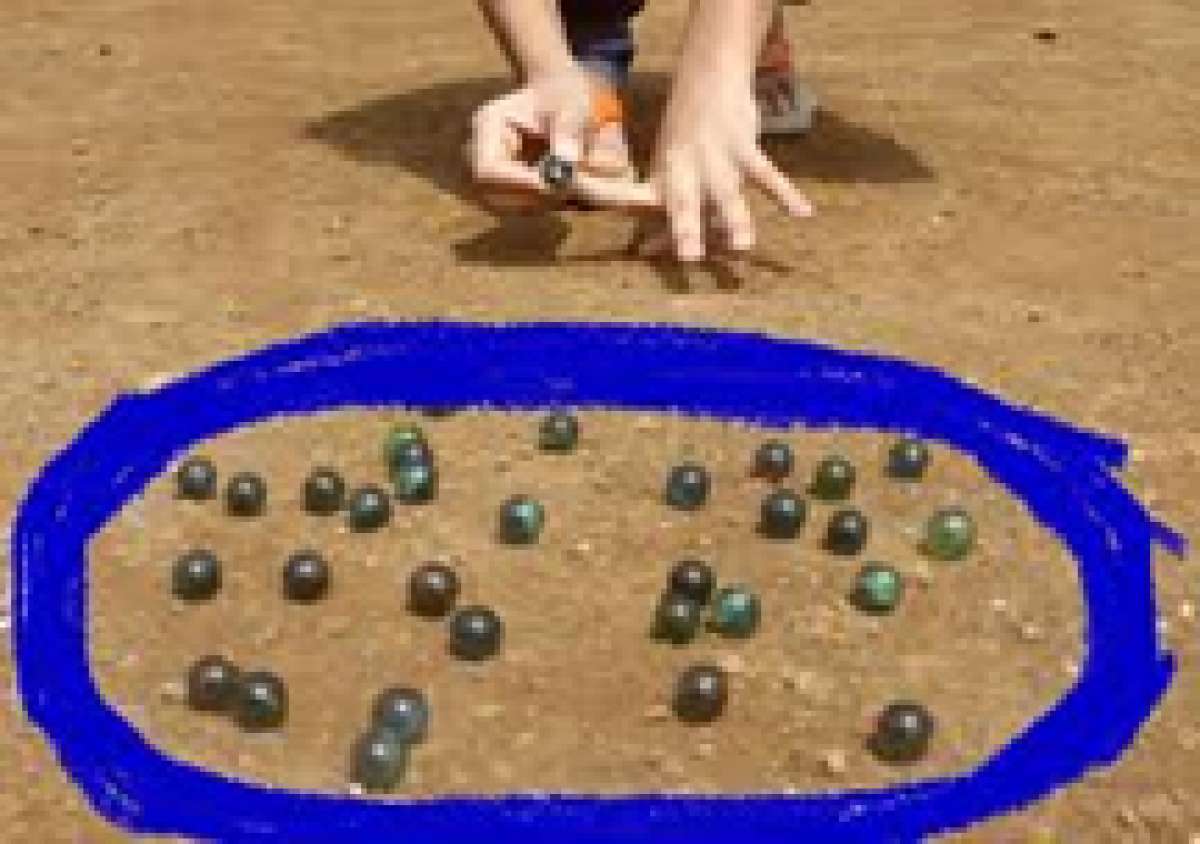
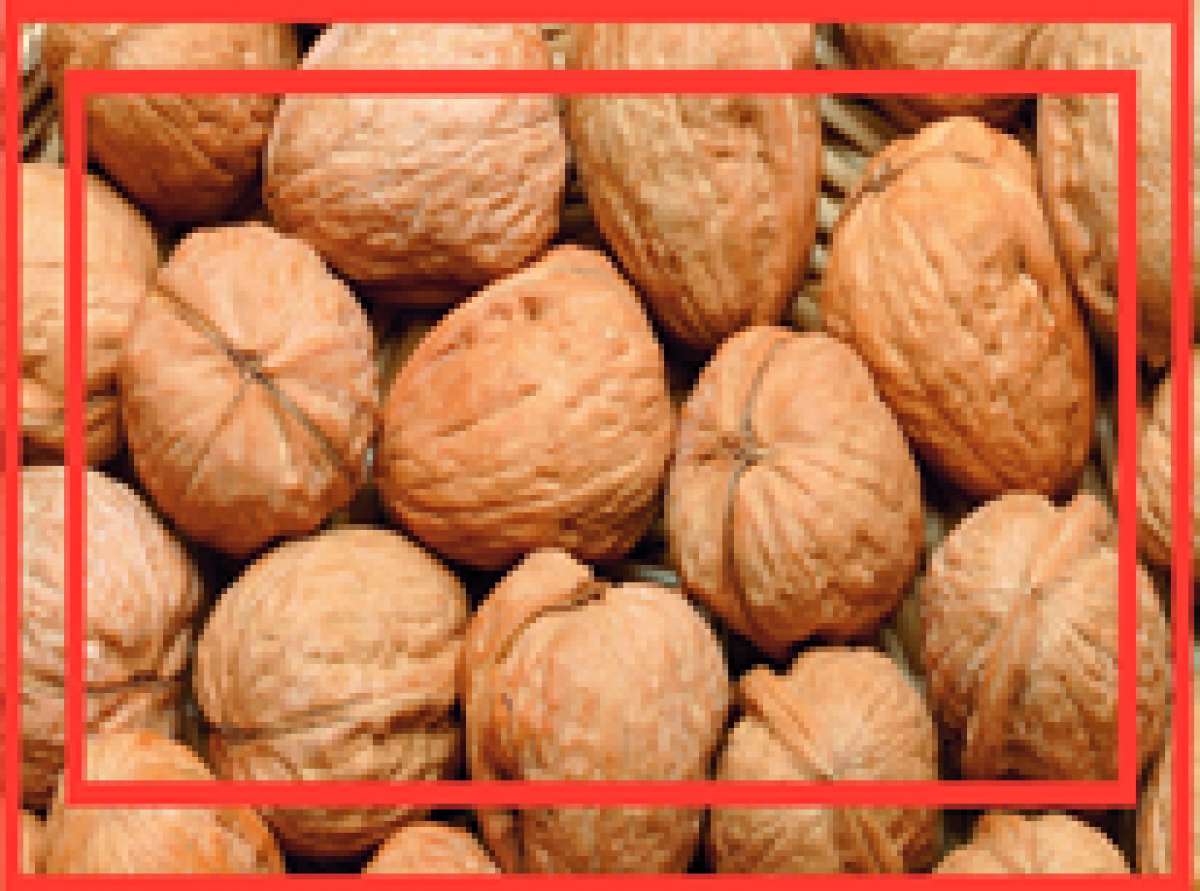
Uchhan Gutte: This simple game requires 5 pieces of small stones. Players throw a stone in the air, and then try to pick up as many of the remaining five stones on the ground as possible while making sure to catch the airborne stone before it falls. The player must then hurl two stones into the air, collect the remainder, and repeat. The winner is the player who picks up all the stones in the fewest possible attempts.
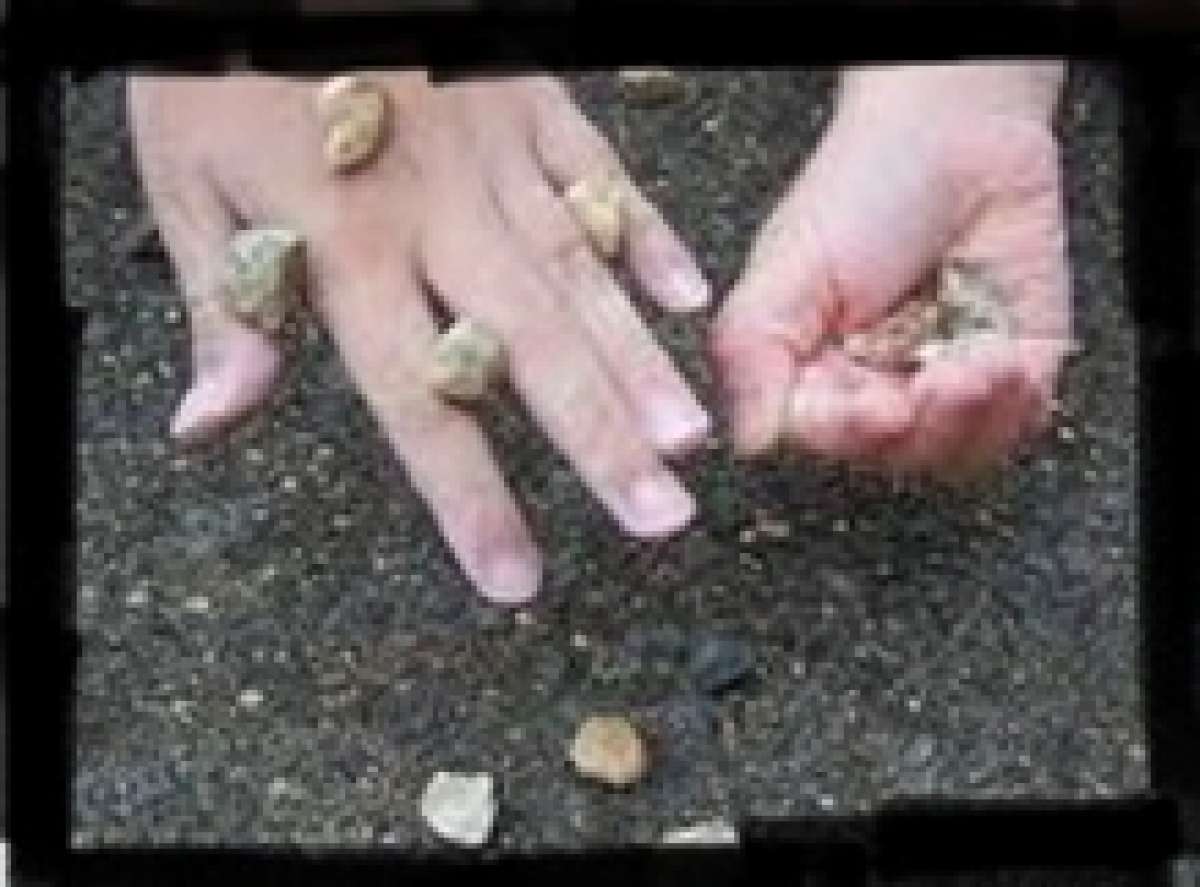
Stapoo (Chahuwe in Mandiali): The game involves drawing a grid on the ground and numbering it. Players take turns and throw an object (Chahuwa in mandiali), usually a small flat stone, onto the numbered blocks. They have to hop across the blocks to push the object forward by jumping on one/two legs to finish the lap, taking care not to step on the border lines.
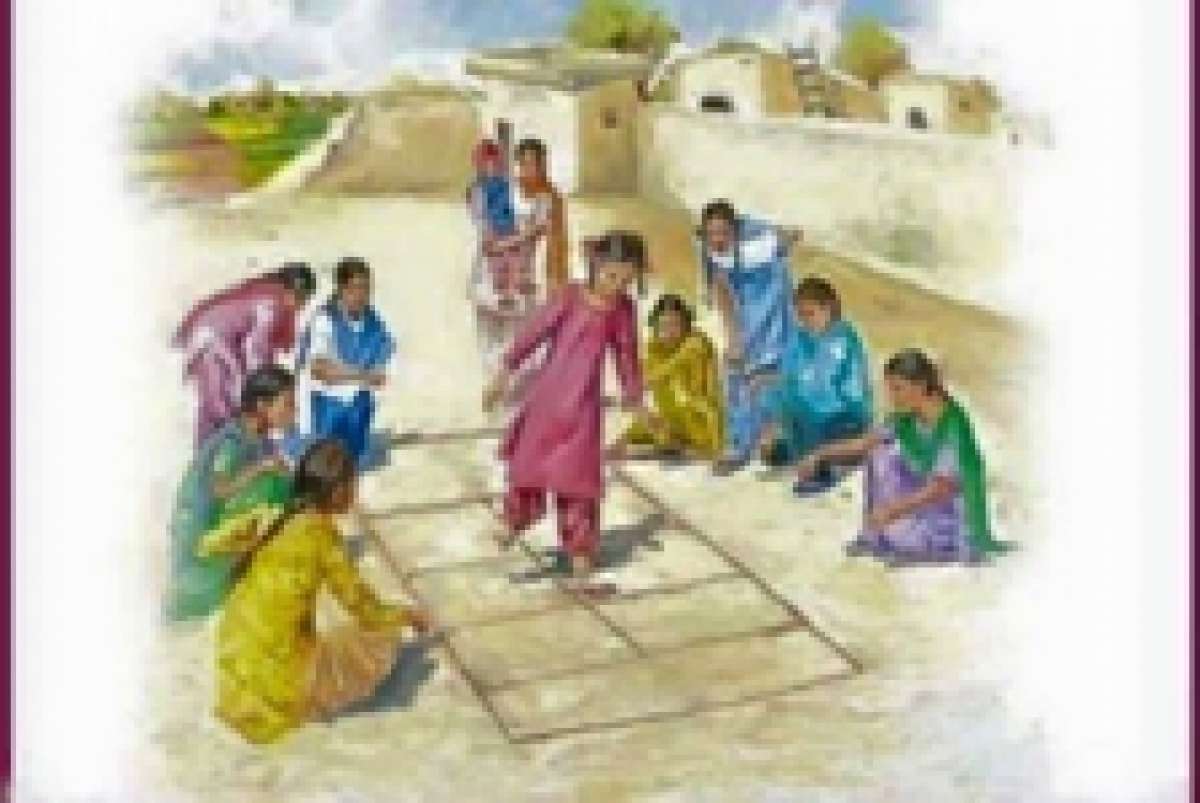
Skipping rope: is a game of skipping/jump rope where one or more participants jump over a rope swung so that it passes under their feet and over the heads. There are multiple subsets of skipping/jump rope, including single freestyle, pairs, three-person etc.
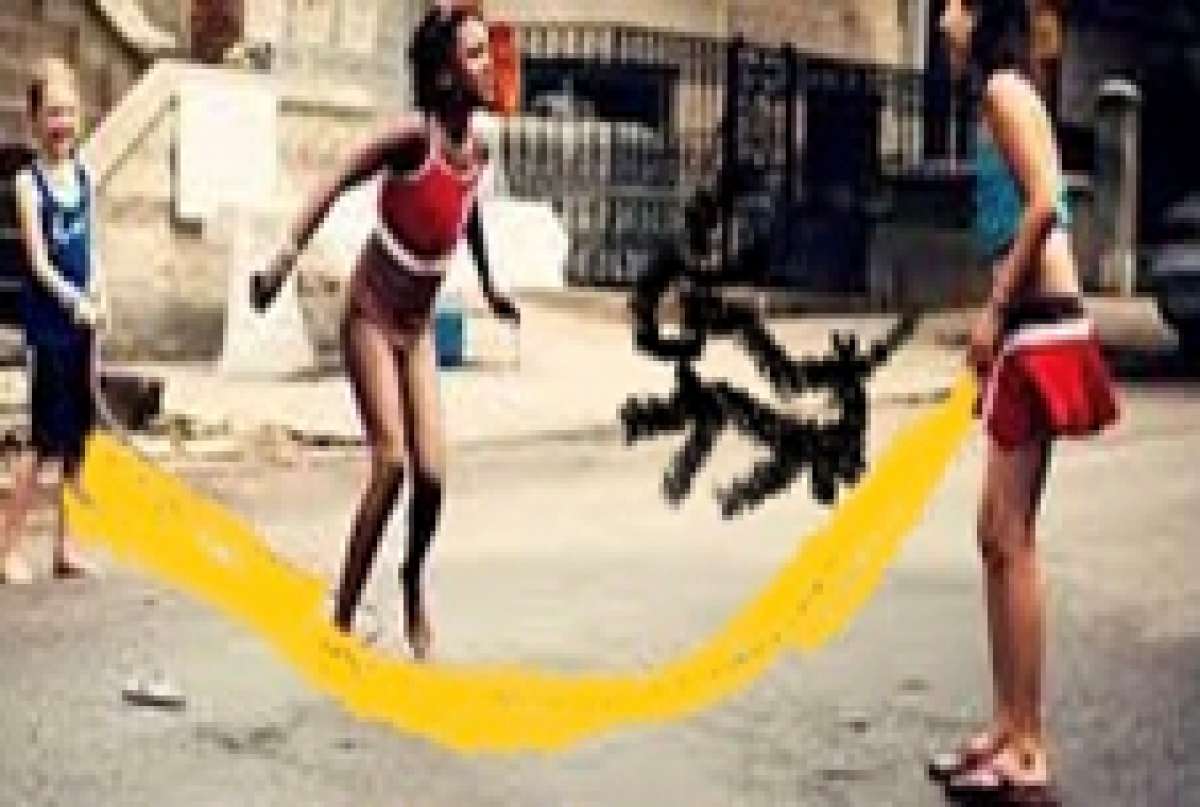
Ud-Mud-Ud-Mud, Buj kithi paye (in Mandiali): Any number of players can be there. One player closes his palm with some roasted corn grains hidden in it and others need to guess the palm having grains, if correct, he/she has to pass on the grains to other player. This way all can play and one who collects maximum grains will be the winner and eat it too.
Pithoo: It involves a ball and a pile of stones, usually seven, every stone size should be less than the other stone. Stacking stones on each other in order of decreasing size. One player of the attacking team needs to strike the pile of stones with the cloth ball from a fixed distance to knock them over in three shots. Once the stones are hit, the other team grabs the ball and tries to hit any player of the first team. At the same time, the first team tries to rebuild the pile of stones. If no player from the first team is hit before the stack is complete, they get a point. If any player is hit, the other team gets points. Then the whole team has to try and restore the pile before being hit by the ball. The game continues, and teams take turns to compete.
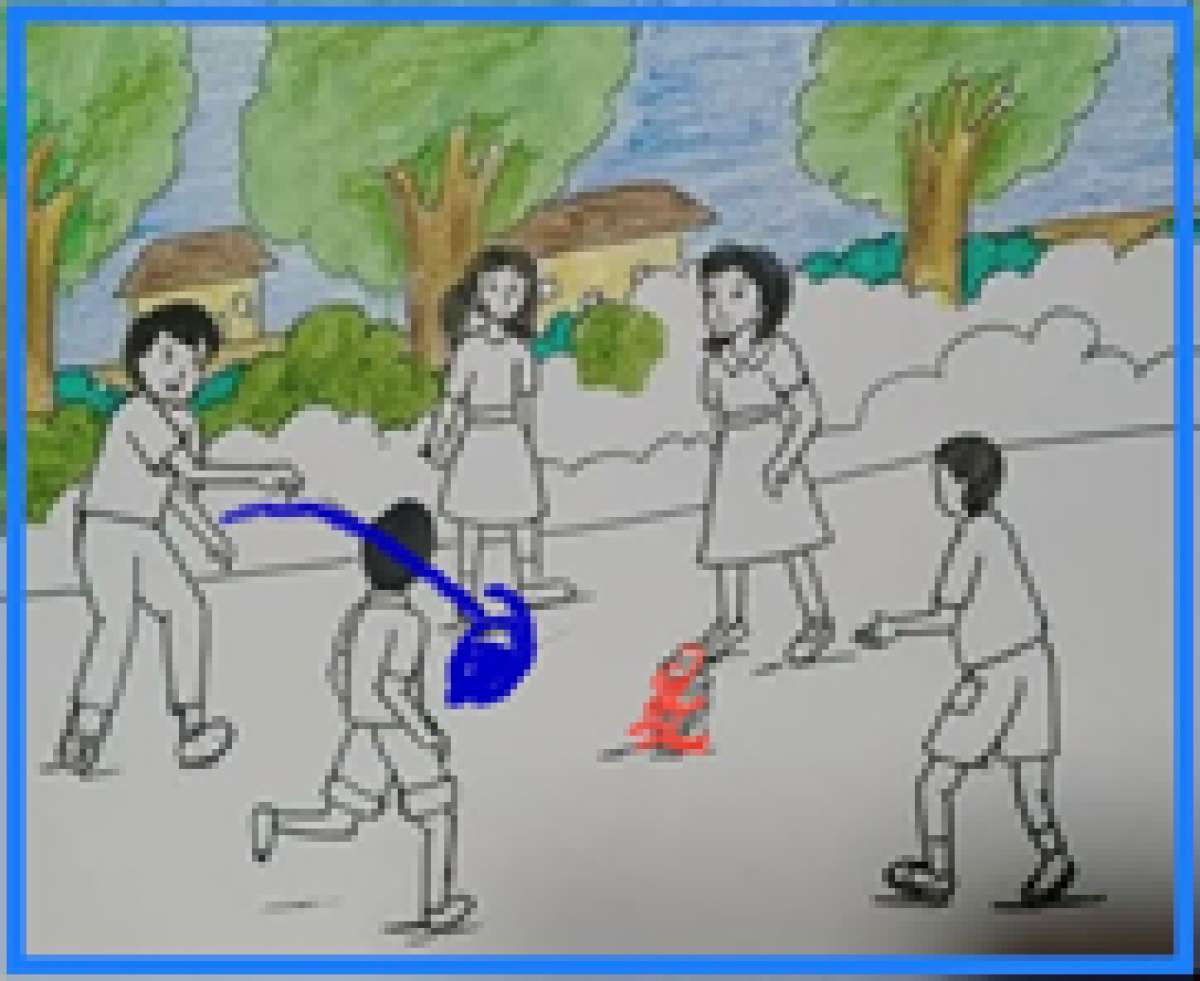
Gilli-danda: The longer wooden piece is known as "danda," while the smaller, oval-shaped one is known as "Gilli. Player hits raised end of gilli to flip up from the ground into the air using danda held in their hand. While gilli is airborne, the player hits again so that it travels as far as possible. The player also needs to run to touch a pre-decided point before the opponent can lay his hands to catch the airborne gilli. It can be played by many people at the same time. If a player of the other team catches the gilli before it touches the ground, then the hitter is out and so on.
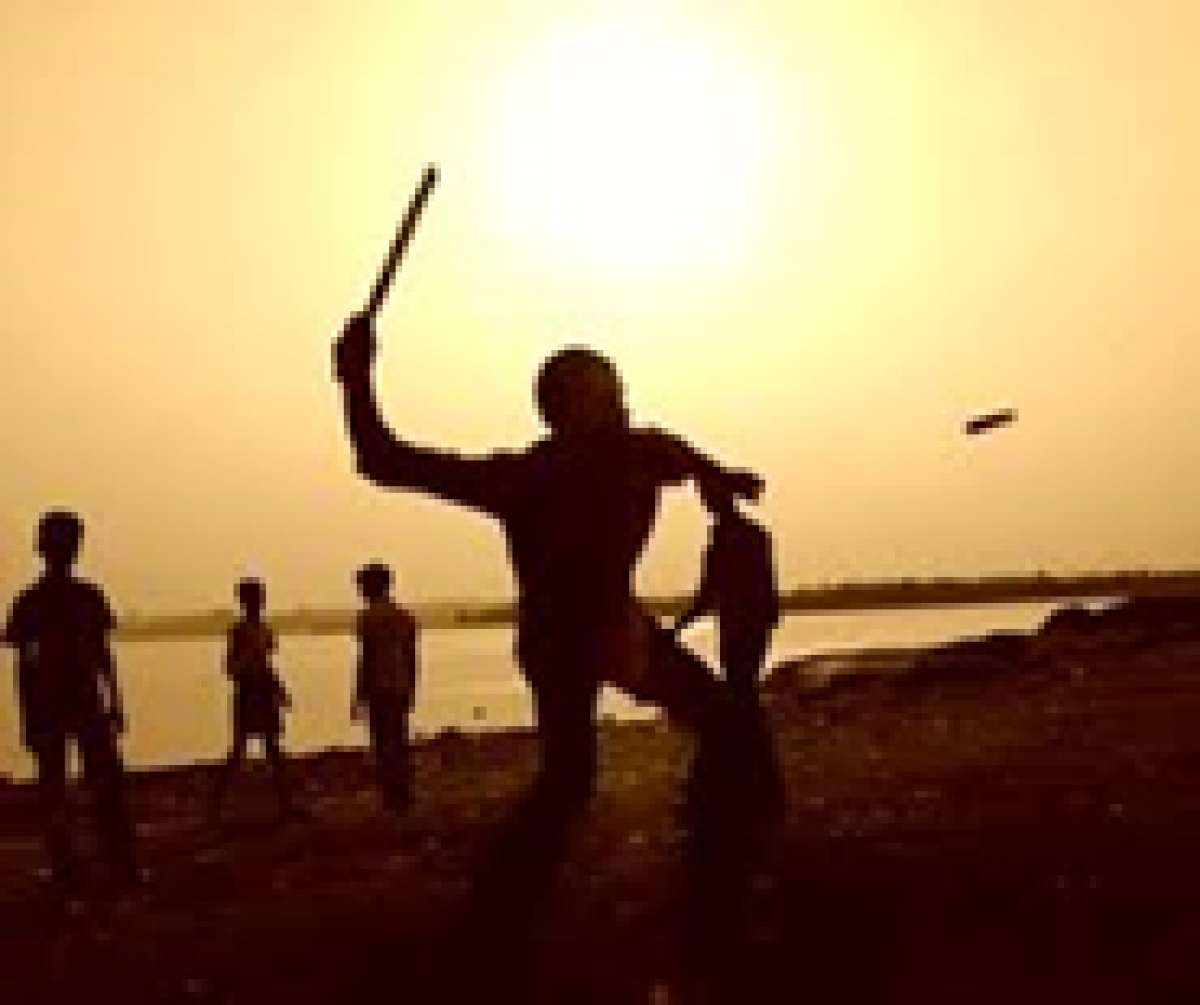
Vish Amrit (Chhu-Achhoot): One player becomes the leader and runs behind other players. The moment the leader touches any other player, they say “vish” which translates to poison. The touched player must sit down and cannot move until another player comes and touches them to give “amrit” or nectar and the game continues.

Chhupam Chhupai (Lukh-Likharhi in mandiali): The players hide in a decided marked area. The player who is supposed to tag the other players is referred to as the "Seeker". The ‘seeker’ has to shut his eyes and announce numbers loudly (usually 1-10) while the other players get time to hide. Then, the seeker attempts to locate all hiding players. The most common way of ending is the player chosen as "seeker" who locates all players; the player found first is the loser and is chosen to be "seeker" in the next game. The player found last is the winner. Any number of people can play this game.
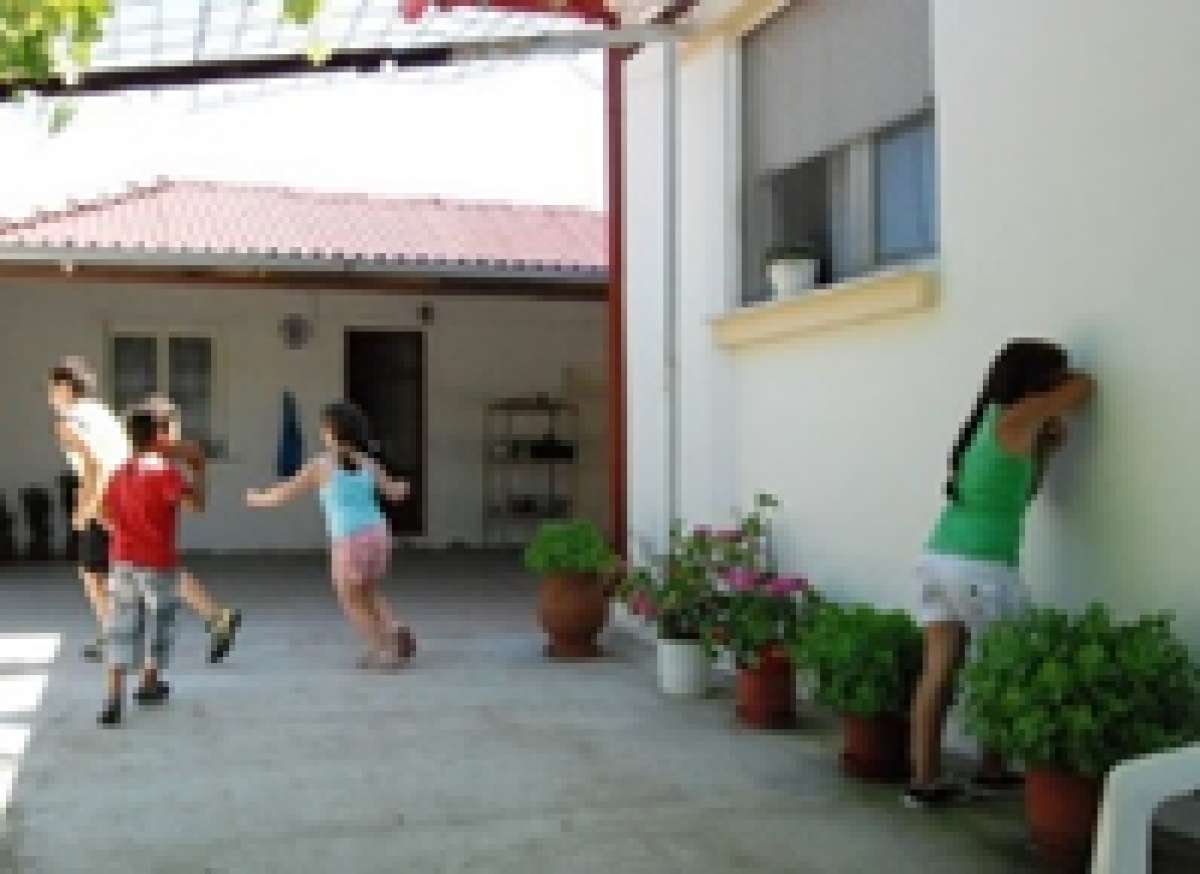
Aankh micholi (Chhu Chamari): In this game, the leader is blindfolded, and the other players run around them, calling them out, or teasing them. If the leader touches one of the players, he is blindfolded next and the game continues. Langdi Tang is another variation of the game except that the offensive player is restricted to hop on one foot while trying to tag players of the defensive team in a circle.

Miya Mithu: is similar to dodgeball. It comprises of two teams with any number of players. A large area is required to play this game. Players from one team form a circle, hit the opposing team members who enter the circle with a ball. The opposing team players have to try and evade being hit by the ball and those who get hit by the ball are declared ‘out’.
Ludo: The Ludo board is divided into four quadrants, with each quadrant of a different color; Red, Blue, Yellow, and Green. Each player decides which color quadrant they want to play with. Then that player gets the same colored tokens as the chosen quadrant and takes turns to roll the dice. The players move their tokens on the board based on the number rolled on the die. The first player to take all four tokens to the finish point wins the game.
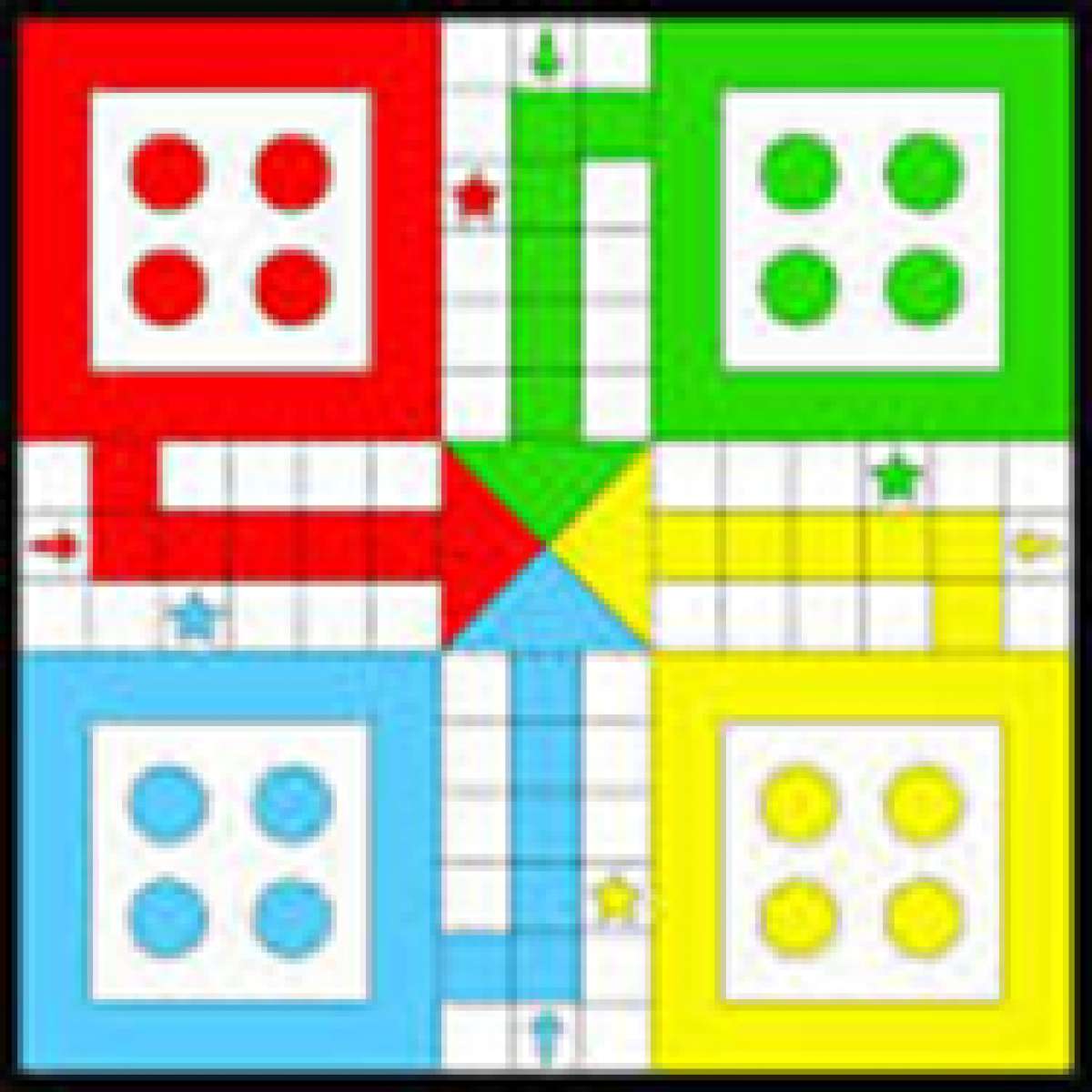
Saamp/sirhi (Snakes and Ladders): played on 1 to 100 digits numbers square board. Game has four color pieces and a dice. One by one players through the dice and move the piece by the number displayed on dice. If the number ends on snake mouth then the piece has to be moved back to the snake tail number or move the piece up thru ladder if the number falls on the start of ladder. If dice shows six, the player gets another chance to through the dice and move by that many numbers. Whichever player reaches 100 first is declared winner and so on.
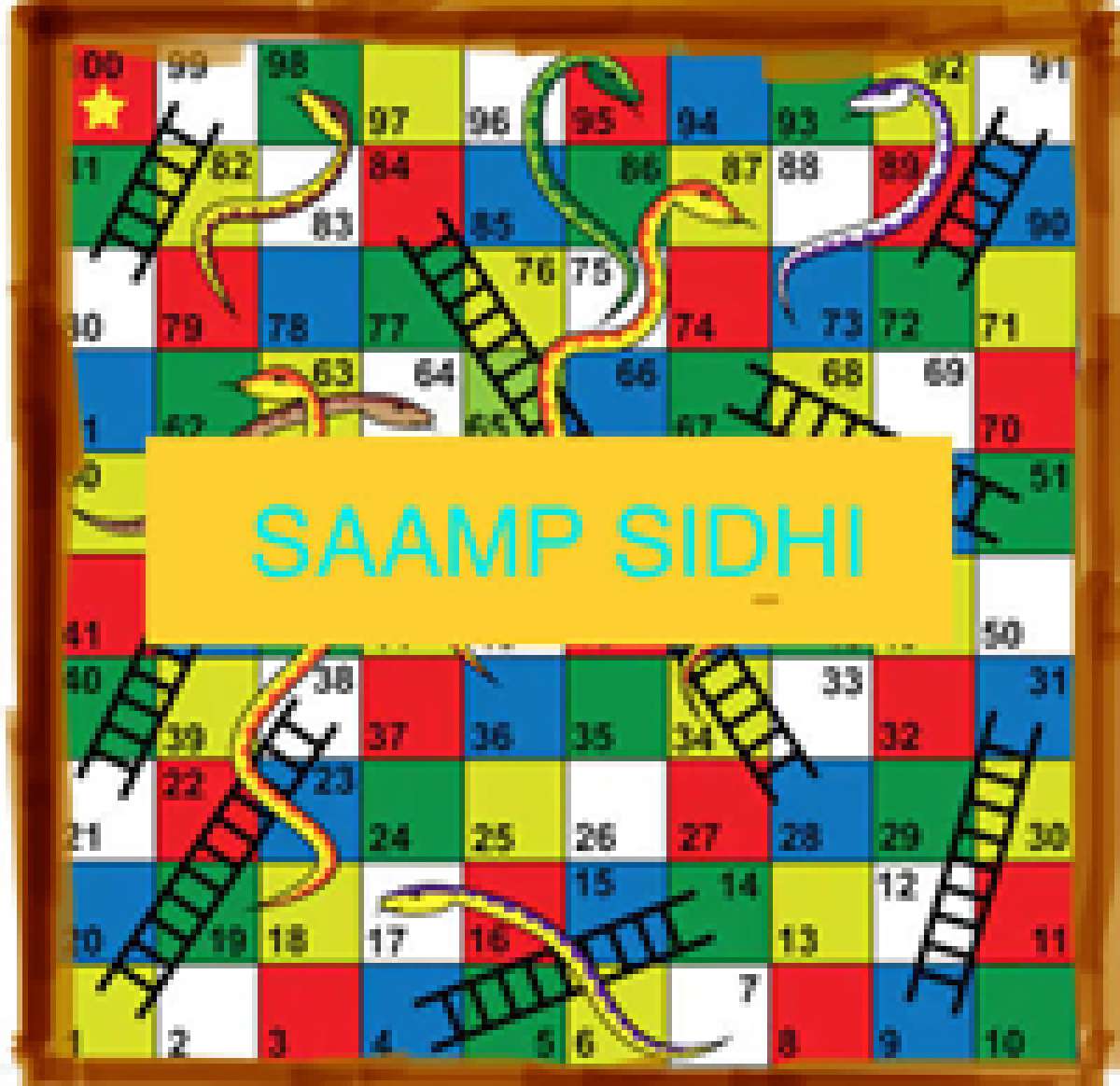
Pakdam Pakdai (Chor-Sipahi): We all remember running around mad, like the whole neighborhood had caught fire, just to escape the 'leader', sometimes even hurting ourselves in the process.
Lattu: The game revolves around making a spinning top spin without falling for as long as possible. Two or more players can play this game. All the players wrap their tops with the string and then unwind it by pulling the string, making the top rotate on the ground. The players need to pick the top with the string as fast as they can. The player whose top spins the longest is declared the winner.
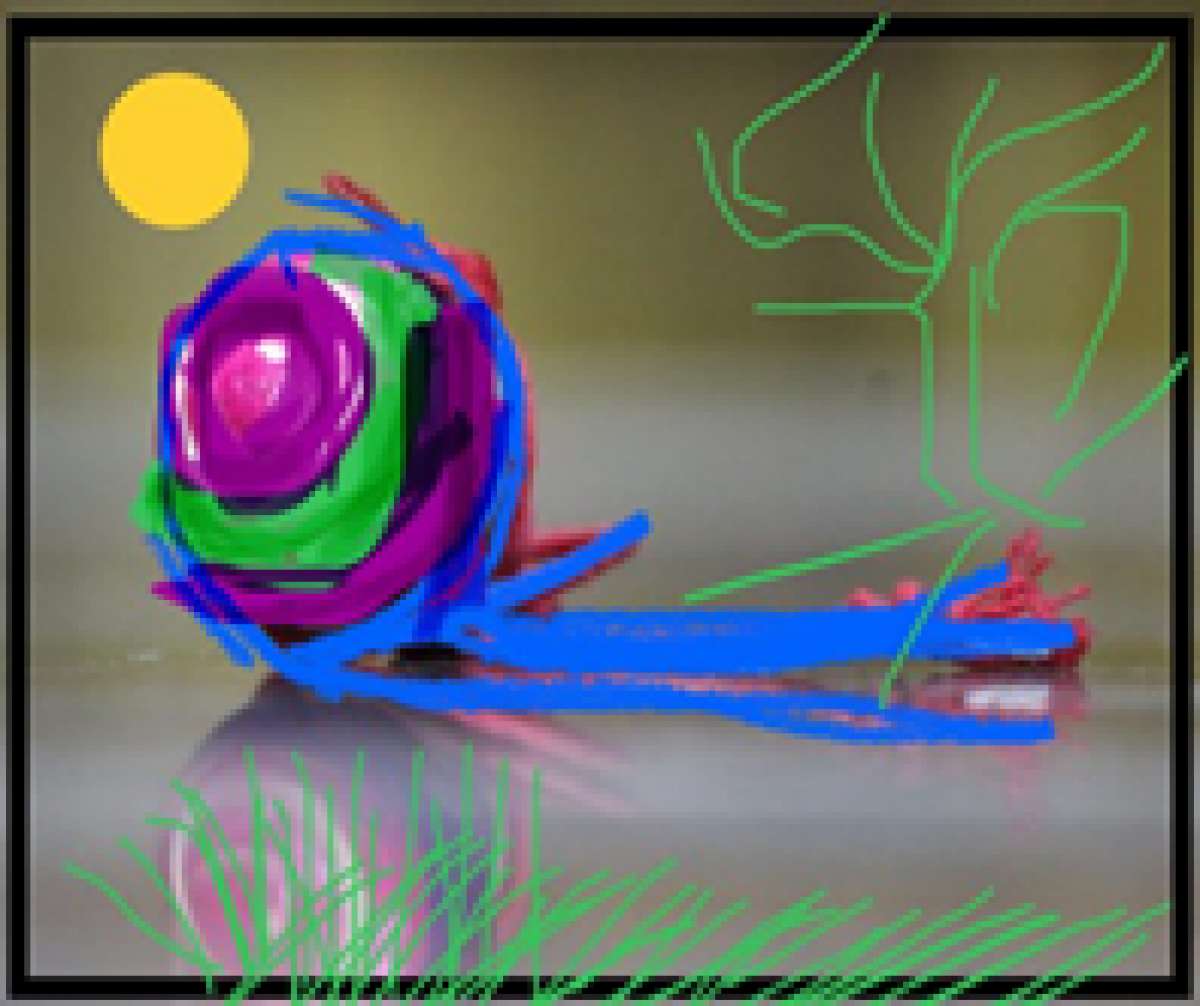
Cart rolling (Bearing wheel Redhi): Kind of roller skating version but had a flat plank fixed with three bearing wheels and a long handle to maneuver the redhi-cart. The cart was operated either on a sloppy surface/road or 2nd player used to push. Any number of players could participate. A thrill game.
Rolling wheel-Tyre chalana: A big rolling wheel/tyre was pushed with a stick or capcha wire and run along. A fun activity for single player.
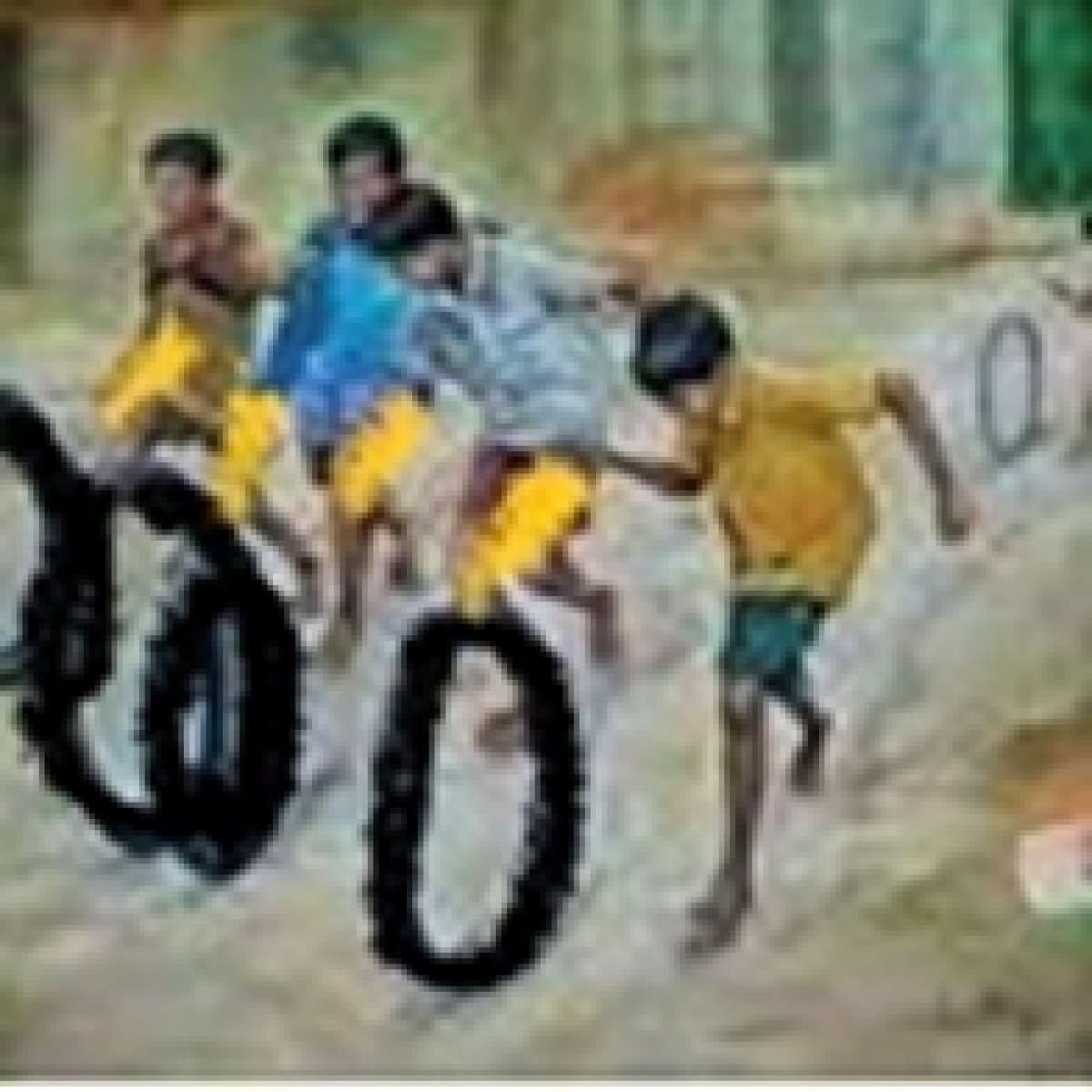
Hand string network: player twists the thread around their fingers of both hands with other person’s hand entangled in a specific pattern such that he cannot get released. Then suddenly the player loosens his strings to release other players hand easily.
Gulel: Children often play with a slingshot ('gulel' in Hindi), which traditionally was also used for minor hunting purposes.
Button rattler: made using a rubber band and a big button with two holes. The rubber string is pushed thru the button holes, twisted and kept in a paper cover. The moment the paper cover is handed over to other person, the string unwinds with rattling sound and the person is scared with fear and both laugh later on the mischief.

Hollow reed gun: a hollow reed with a paper pulp and push stick. Once paper pulp was pushed out swiftly, it used to generate popping sound like a toy gun.
Wind twisters (Phirki in Mandiali): Bamboo leaves or thin metal leaf like blades are fixed like rotter to a stiff wire and pushed upwards to release in air. Watched to scale height and time in air. Or a craft paper star shaped rotary with an axle is fixed on top of the stick. The rotary used to spin on running to enjoy the thrill.

Swing (Ping Panii in Mandiali): It is a rope loop tied to a tree branch or ceiling beam in joint family homes. Children enjoyed it swinging for hours and by turn.
Chaupar: It consists of a board in the shape of a cross that is either made of wool or fabric. Wooden pawns & cowry shells/tamarind seeds are needed for Chaupar. There are four pawns and six cowry shells for each player. Players' movements are dictated by the shells. It involves two to four players who strategize their pawn’s moves on a piece of cloth designed in the shape of a symmetrical cross to win the game. Each player’s objective is to move all four of their pieces completely around the board, Counter-clockwise, before their opponents do.
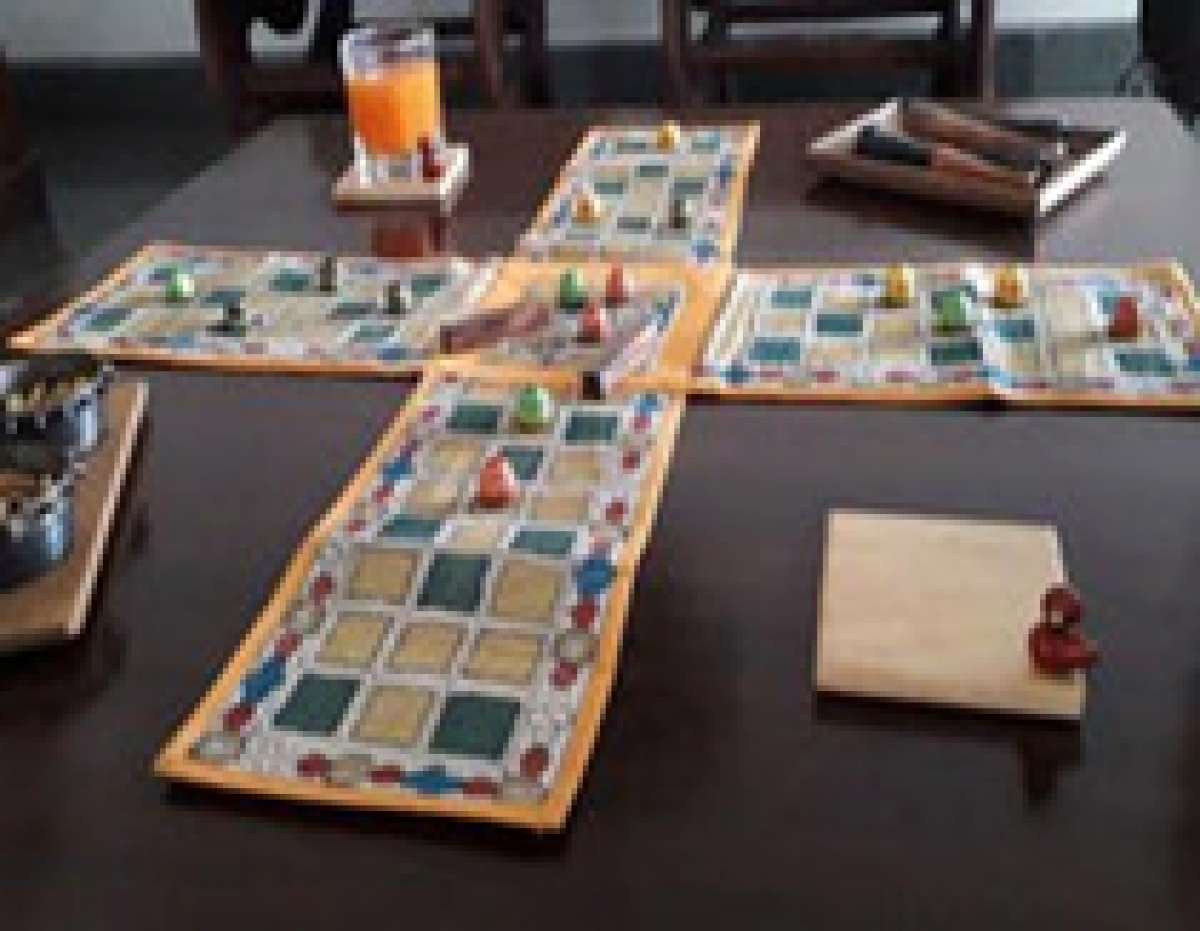
Panja (Arm wrestling): is a game with two opponents who face each other with their bent elbows placed on a table and hands firmly gripped, who then attempt to force the opponent's hand down to the table top.
TUG ‘O’ WAR: two teams pull a long thick rope in opposite directions. Team that pulls stronger to one direction wins the tug of war. Mostly played by teenagers/adults.
Antakshri: Antakshari is an entertaining Indian desi game, often played by grown-ups and children alike even today. To play this game, two teams are made. One team sings a song. The other team has to sing a song beginning with the last letter of the last word of the song sung by the first team. Both the teams keep taking turns until one can’t think of a song and thus loses.
There used to be many more such games to make the most of their free time and have fun/entertainment.
The advent of technology might have made lives easier but has acquired a lion’s share of our daytime. Sadly, today’s community is so engrossed in playing video games that they hardly spend time playing outside, rather stick to the screens and enjoy playing digital games.
Dr. Pawan Vaidya, Mandipedia-5/2023
Read More
- मण्डी रियासत के राजगुरु
- वल्लभ कालेज मण्डी बंद होने से कैसे बचा?
- 1.1-Mandi Community: Bengal connection that we can’t ignore-“a Series”-1.1
- 1.2-Mandi Community: Bengal connection that we can’t ignore-“the Migration”-1.2
- 1.3-Mandi Community: Bengal connection and the Cultural legacy that we can’t ignore-the Deity & devotion-1.3
- 1.4 - Clans & Names- the Bengal connection and Cultural legacy that we can’t ignore
- 1.5-Cuisine & Cookware-the Bengal connection and cultural legacy that we can’t ignore
- 156 साल पुराने बिजै हाई स्कूल के सबसे सीनियर छात्र
- Mandi What is in the Name?
- Mandipedia Archives
- एग्रीकल्चर का पीरियड-बैलों की जोड़ी-यू ब्लॉक का इतिहास
- कैसे हुआ था भारत आज़ाद मंडी शहर में
- चौहटे में बनी पादुका/पातका
- टारना मंदिर में पंचमुखी शिव
- दरबार हाल में नाटक मंचन
- ध्यानस्थ बुद्ध प्रतिमा
- पड्डल सस्पेंशन ब्रिज
- पत्थर पर पांव की प्रतिमा?
- पलाक्खा बाजार
- भूतनाथ मंदिर का अंगीठा
- मंडी रियासत का सरकारी जल्लाद
- मंडी शैहरा री सैर - समीर कश्यप एडवोकेट
- मण्डी नगर की ऐतिहासिक धरोहर - घंटाघर
- मण्डी नगर की जीवन शैली में पान-लवों की शान
- मण्डी में तिलोपा की गुफा-कालखंड दसवीं शताब्दी।
- मण्डी में हुक्का पीने की प्रथा
- मण्डी रियासत का खतरी समाज-नाड़ी बैद/वैद्य-1
- मण्डी रियासत में स्वास्थ्य सेवाएं व चिकित्सक भाग-1
- रियासत कालीन चौकीनुमा भवन में बना गांधी भवन
- रियासत कालीन मण्डी की जल निकासी व्यवस्था
- रियासत कालीन मण्डी की भोजन शैली,भाग-1
- रियासतकालीन चौहटा बाजार एवं खत्री व्यापारी:
- रियासतकालीन मंडी नगर की प्रकाश व्यवस्था
- रियासतकालीन मण्डी की लोहड़ी
- लकड़ी की कलात्मक रेलिंग(बिड़ंग)
- वल्लभ महाविद्यालय मण्डी- प्रथम कक्षा का प्रथम छात्र कौन?
- श्रीमति गायत्री देवी-प्रथम महिला अध्यापिका
- कोठड़/कोठड़ु
- कौहरा
- गांधी चौक मण्डी
- चौहटे में बनी पादुका/पातका
- जातरा में देव मिलन
- टारना में महामहिम दलाई लामा जी व पंचन लामा
- पत्थर पर पांव की प्रतिमा?
- पहाड़ी बोलियों की प्राचीन लिपि टांकरी
- पादुका या धम्मचक?
- मंडी में सिनेमा संस्कृति के जनक-श्री रोमेश चंद्र
- मण्डी नगर की ऐतिहासिक धरोहर - घंटाघर
- मण्ड्याली गीत-छोटी काशी रे निवासी
- लकड़ी की कलात्मक रेलिंग(बिड़ंग)
- वंशावली को किन परिवारों ने सम्भाला?
- वल्लभ महाविद्यालय मण्डी- प्रथम कक्षा का प्रथम छात्र कौन?
- शताब्दी पुराना ताला-चाबी
- सर्दी का जन्म माताश्री की जुबानी
- वल्लभ कालेज मण्डी बंद होने से कैसे बचा?
- श्री यादवनन्दन मल्होत्रा-(लक्कड़ साहब)
- Law to Lyrics
- Mandipedia Archives
- NRIs Mandyal - श्री पुष्प राज कपूर
- Shri Chiranji Lal Malhotra
- Tribute to a scientific Luminary:Dr.Malhotra
- डा. नीना कपूर
- डॉक्टर चिरंजीत परमार
- डॉक्टर चिरंजीत परमार-फिल्म आनंद के जीवंत पात्र
- पंडित गौरी प्रसाद जी
- मंडी में सिनेमा संस्कृति के जनक-श्री रोमेश चंद्र
- मण्डी के साहित्यकार श्री किशोरी लाल वैद्य
- श्रीमति गायत्री देवी-प्रथम महिला अध्यापिका
- गरी चीरने की दराटी
- वैद्य परिवार- घर,प्रौड़ व चौकियाँ-भाग-2
- 1.1-Mandi Community: Bengal connection that we can’t ignore-“a Series”-1.1
- 1.2-Mandi Community: Bengal connection that we can’t ignore-“the Migration”-1.2
- 1.3-Mandi Community: Bengal connection and the Cultural legacy that we can’t ignore-the Deity & devotion-1.3
- 1.4 - Clans & Names- the Bengal connection and Cultural legacy that we can’t ignore
- 1.5-Cuisine & Cookware-the Bengal connection and cultural legacy that we can’t ignore
- Gugga ji and Gugga-Jatra in Mandi Community
- Mandi What is in the Name?
- Secrets of Longevity in Mandi Community - 1.0
- Secrets of Longevity in Mandi Community-Daily Active Routines-1.1
- Secrets of Longevity in Mandi Community-Games of the Bygone Era-1.5
- Secrets of Longevity in Mandi Community-Hygiene & Health-1.3
- Secrets of Longevity in Mandi Community-Strong Social Connections-1.2
- Secrets of Longevity in Mandi Community-Traditional Indigenous Foods - 1.4
- Urban Planning: Lessons to learn from Mandi town
- एग्रीकल्चर का पीरियड-बैलों की जोड़ी-यू ब्लॉक का इतिहास
- डॉक्टर चिरंजीत परमार
- मंडी के फैशन
- मण्डी नगर की जीवन शैली में पान-लवों की शान
- मण्डी रियासत का खतरी समाज-नाड़ी बैद/वैद्य-1
- रियासत कालीन भोजन शैली -भाग 2
- रियासत कालीन मण्डी की जल निकासी व्यवस्था
- रियासत कालीन व्यंजनों(मरोलण) के नाम और प्रकार:
- रियासतकालीन चौहटा बाजार एवं खत्री व्यापारी:
- रियासतकालीन मण्डी की लोहड़ी
- रोड़ू (गरी के लड्डू)-4
- वैद्य परिवारों की धार्मिक परंपराएं-भाग-3

